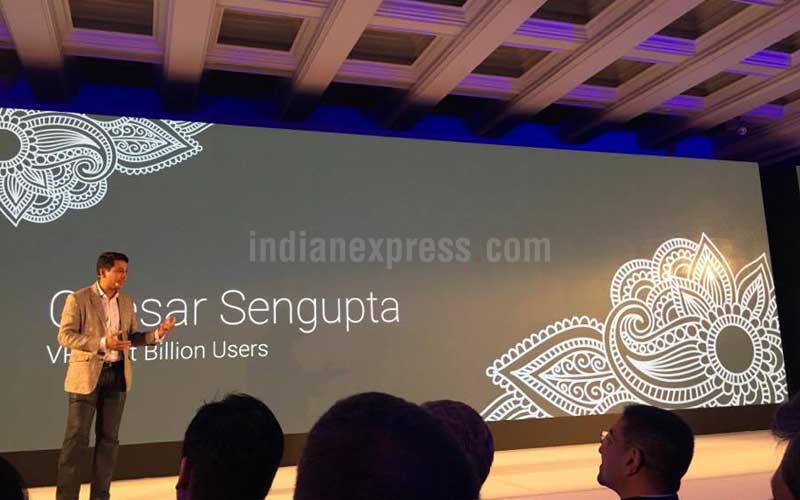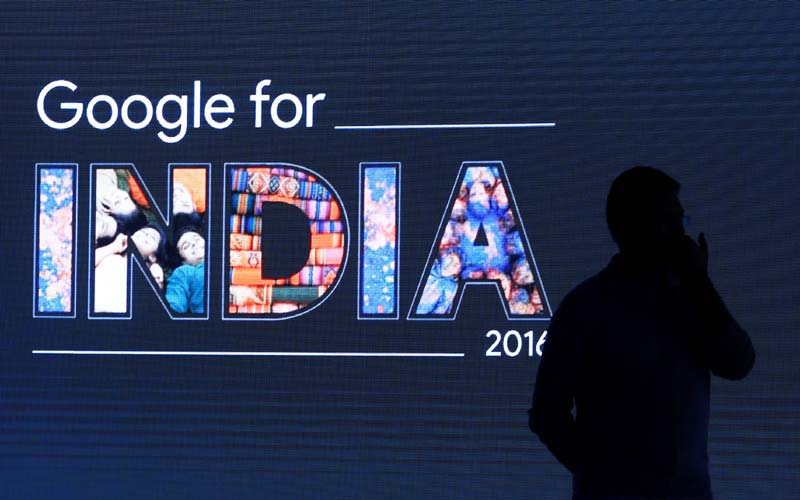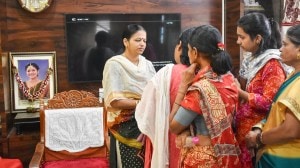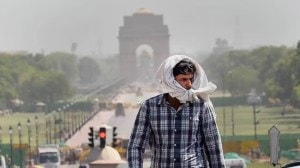- India
- International
We need to cater to the next set of billion users who come online: Google’s Caesar Sengupta
Google's VP Caesar Sengupta on how the company is working to create specific experiences for the next 1 billion users.
 Google for India event: Caesar Sengupta, Google’s Vice-President for Product Management and the Next Billion, explains how the search giant is bridging the gap for the next generation of Internet users.
Google for India event: Caesar Sengupta, Google’s Vice-President for Product Management and the Next Billion, explains how the search giant is bridging the gap for the next generation of Internet users.
A lot of Google’s growth in now dependent on getting the next billion users on board, especially in markets like India and Indonesia. However, it is not that easy given that there are many barriers that prevent more users from going online and experiencing the internet like it is meant to.
Caesar Sengupta, Google’s Vice-President for Product Management and the Next Billion, explains how the search giant is bridging this gap.
We have been hearing about connecting the next billion for many years now? How has it changed?
The term next billion has existed in the industry for a while. In Google, we started the formal effort, serving users in India and Indonesia, roughly 18 months back. If you look at where we are in terms of computer history, we are at a point of very interesting transition where users are moving from desktops and laptops to smartphones. You and I started using a desktop and laptop, but all the new uses are coming online from mobile phones.
We see all our future growth come in from users on mobile phones. Google today has seven products with a billion users, but with the next billion users coming to our products we see them having a certain set of behaviours and characteristics. They will be from countries like India, Indonesia, Nigeria and Brazil, they will be young, they are all on smartphones, they are generally not exposed to laptops and desktops, they are generally on slightly constrained devices in terms of specs, they are on constrained networks, they have relatively less disposable income so they way they think of data and buying services and content will be different.

So for us the focus over the past few years has been on how to build the right products and services and how to change them so that it works for these users.
Are their requirements going to be same as the others users? For instance, they might not be comfortable with a text-based internet.
Absolutely, it is not just about low specs. These are different users. In many aspects their expectations are different not just from the constraints of the device, but also the fact that this a computer that is in their pocket all the time wherever they are. So the way they think about computing is changing because of the different dynamics of the smartphone in their pocket and part of it reflected in our products like YouTube Go.
Read more: Google Stations for WiFi, YouTube Go app: The search giant’s big plans for India
We start thinking about how to take videos offline, but when we spoke to these users we realised there is actually an opportunity to create an experiences that is catered and specifically tailored for these users. You are seeing this across a number of our products.
 Google for India event: Most of the affordable devices in India are powered by Android, says Caesar Sengupta. (Source: Reuters)
Google for India event: Most of the affordable devices in India are powered by Android, says Caesar Sengupta. (Source: Reuters)
Is there an experiential divide also that you have to address?
That’s a very relevant question. We have to figure out how to change the experience in a way without dumbing down. I hate the whole concept of this product is for us and something dumb is for you. Having grown in India that is something that has always bothered me: this is for the west and this is for India. In our definition of when we are building products for India, we think it has to be customised experience for these users. It is really about building the right kind of product for the right types of users and their needs.
In terms of products is Google still thinking in terms of devices? Is there still focus on bringing in an affordable device like Android One?
Most of the affordable devices in India are powered by Android. In some sense, Android has made the huge variety of devices possible, as well as the driving down of costs. With Android One we were trying to drive pretty specific objectives like encouraging people to update phones and OEMs to update software. We are still continuing with this, and Android One is the largest selling phone in Turkey for instance. That is only part of the problem. The second part is building apps and services so that they work well on lower end phones and use the lower end phones much more effectively.
Read more: Google machine learning is smart, but not intelligent (yet)
Is there an attempt to help other developers also make the apps lighter?
With all the Google products we are trying to make sure it is working well. Most of the insights here are from the consumer goods industry and the success of the sachet. In most of the world, the minimum you can pay on the Play Store is a dollar. In India, we have brought it down to Rs 10 which drove a lot more people to not only buy apps but purchase in app experiences.
Are there many learnings from India? Are there use case scenarios that are very unique to India?
Maps Offline, Chrome Offline and YouTube Offline these are all global products developed for India first. We will see a lot of this kind of innovation because Indian users are so extreme mobile-only users that it will force us to build the right kind of feature sets for them.
More Tech
Apr 26: Latest News
- 01
- 02
- 03
- 04
- 05










































